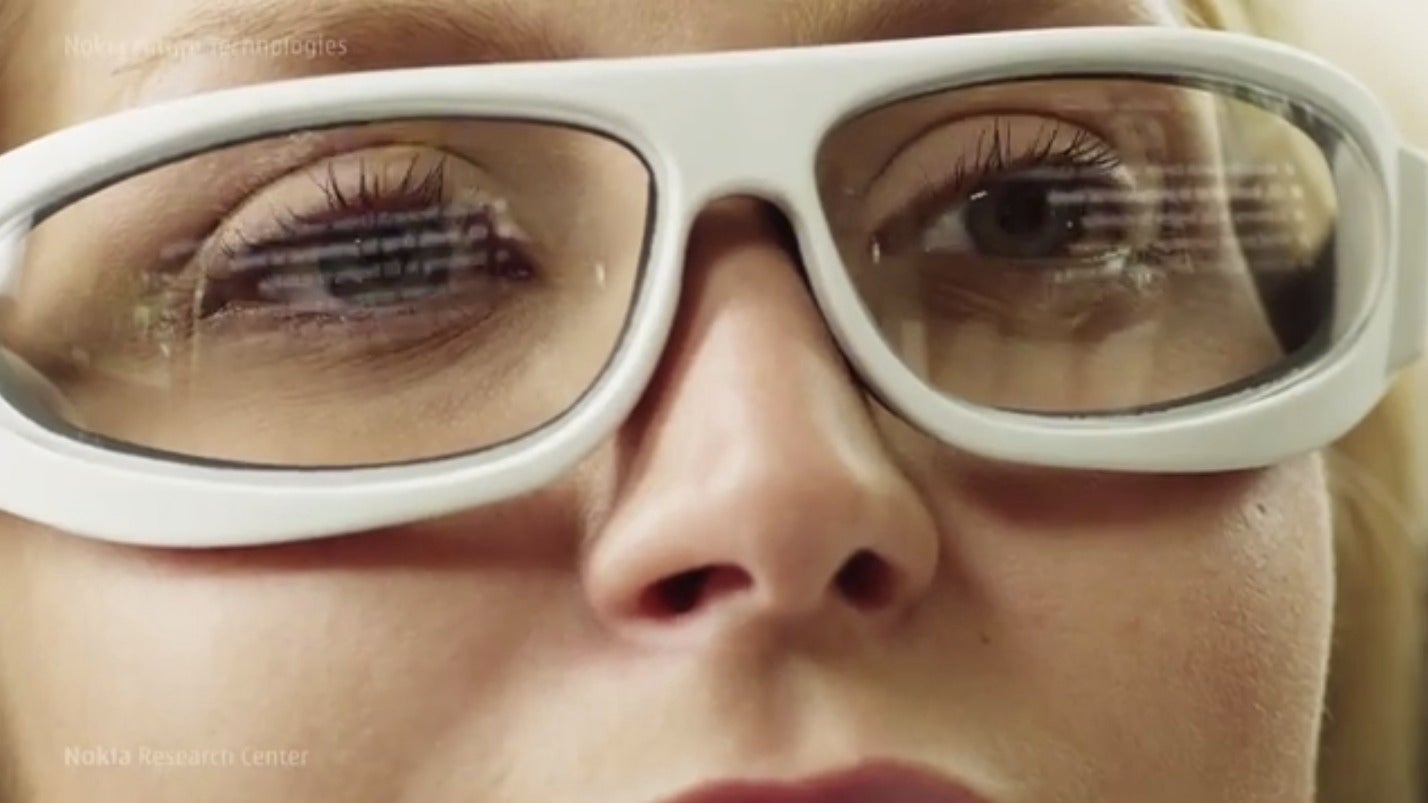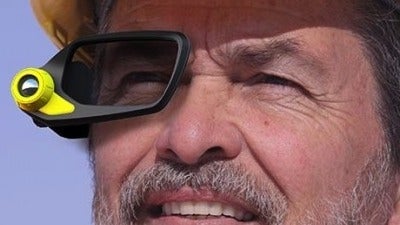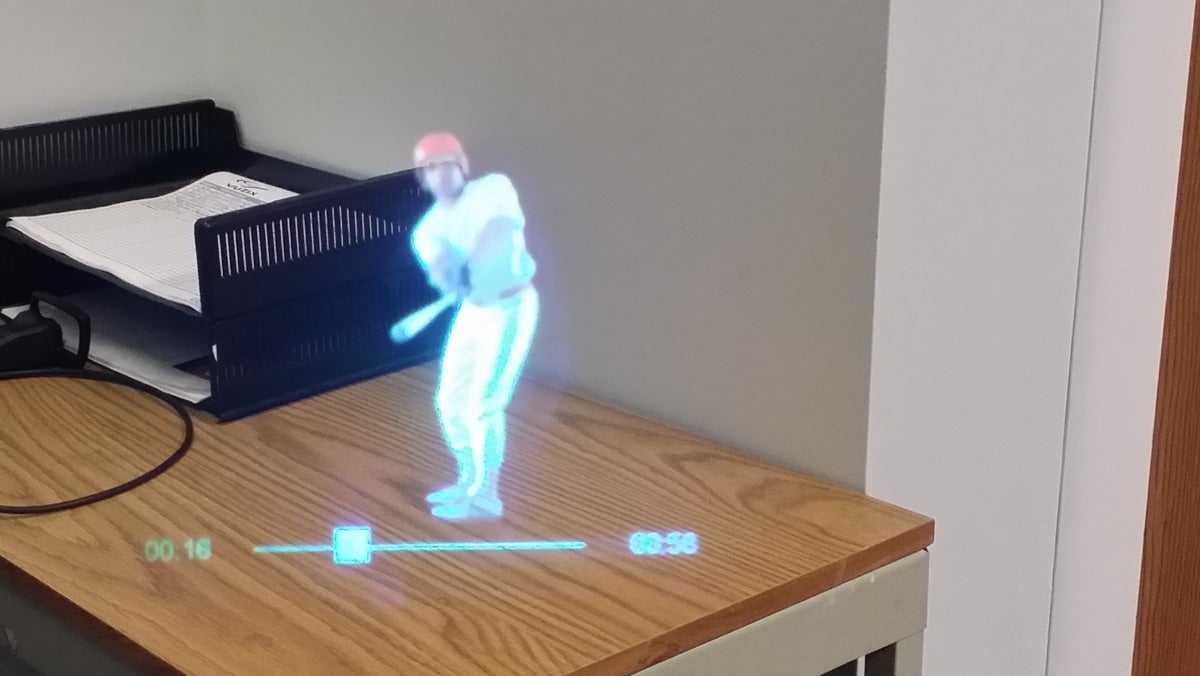High-resolution displays for regular eyeglasses could put Google Glass to shame, be available in one year
High-definition displays that fit inside regular eyeglasses will be available in one year, said Vuzix, a company with a long history in the field of wearable displays. These could enable true “augmented reality” while replacing screens on smartphones and laptops. To back up that claim, the company today announced a new high-resolution display monocle suitable for industrial and military use. It was originally developed for the US Department of Defense.


High-definition displays that fit inside regular eyeglasses will be available in one year, said Vuzix, a company with a long history in the field of wearable displays. These could enable true “augmented reality” while replacing screens on smartphones and laptops. To back up that claim, the company today announced a new high-resolution display monocle suitable for industrial and military use. It was originally developed for the US Department of Defense.

The Vuxiz M2000AR can display four times as many pixels as Google Glass, and fills the wearer’s entire field of view.
The M2000AR monocle is based on technology Vuzix originally licensed from Nokia. Vuzix says that headsets like Google Glass have bulky armatures attached to them because their inferior technology requires a large display to generate the image that a user sees before his or her eyes. Vuzix’s “waveguide” technology, by contrast, can start a tiny image generated from a pinpoint source, and distribute the light from that source throughout a display no thicker than conventional eyeglasses. (Notably, waveguide technology is also what makes the Kindle Paperwhite and next-generation laser LED light displays possible.)

Another advantage Vuzix’s display has over Google Glass is its resolution. While Glass can only display 640×360 pixels—less than a PC monitor of 20 years ago—Vuzix’s eyewear is 1280×720 pixels, the lowest resolution required for an HD display. Filling most of the lens of a typical pair of glasses means that Vuzix is much closer to the vision of “augmented reality” so often depicted in science fiction. To get an idea of what that looks like, Nokia in 2009 created a concept video showing how a person might use glasses and a wearable wristband to interact with systems that would typically require a smartphone or laptop.
Juniper research says that the number of people using “augmented reality” applications like the kind enabled by Vuzix’s display should jump from 60 million to 200 million by 2018, as this mode of interaction goes from specialized industrial and military applications to consumer products and everyday life.